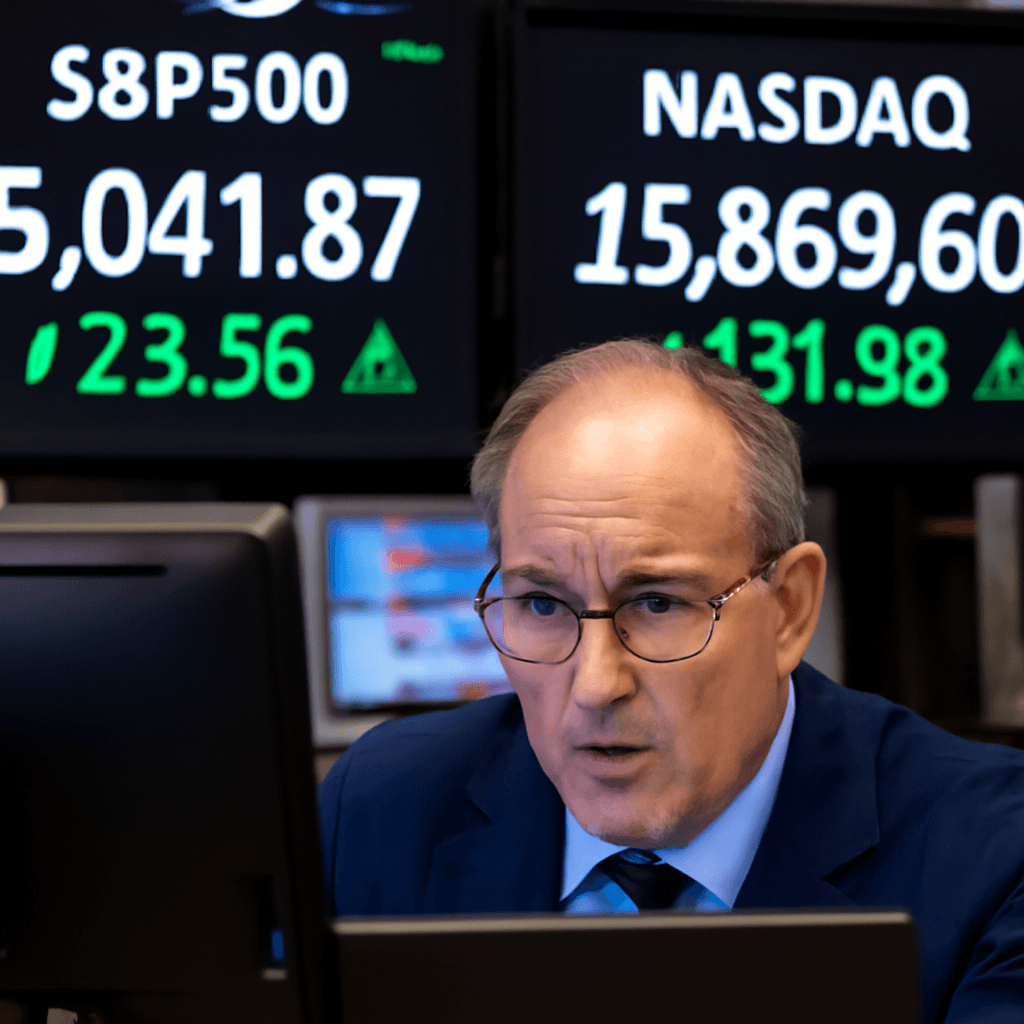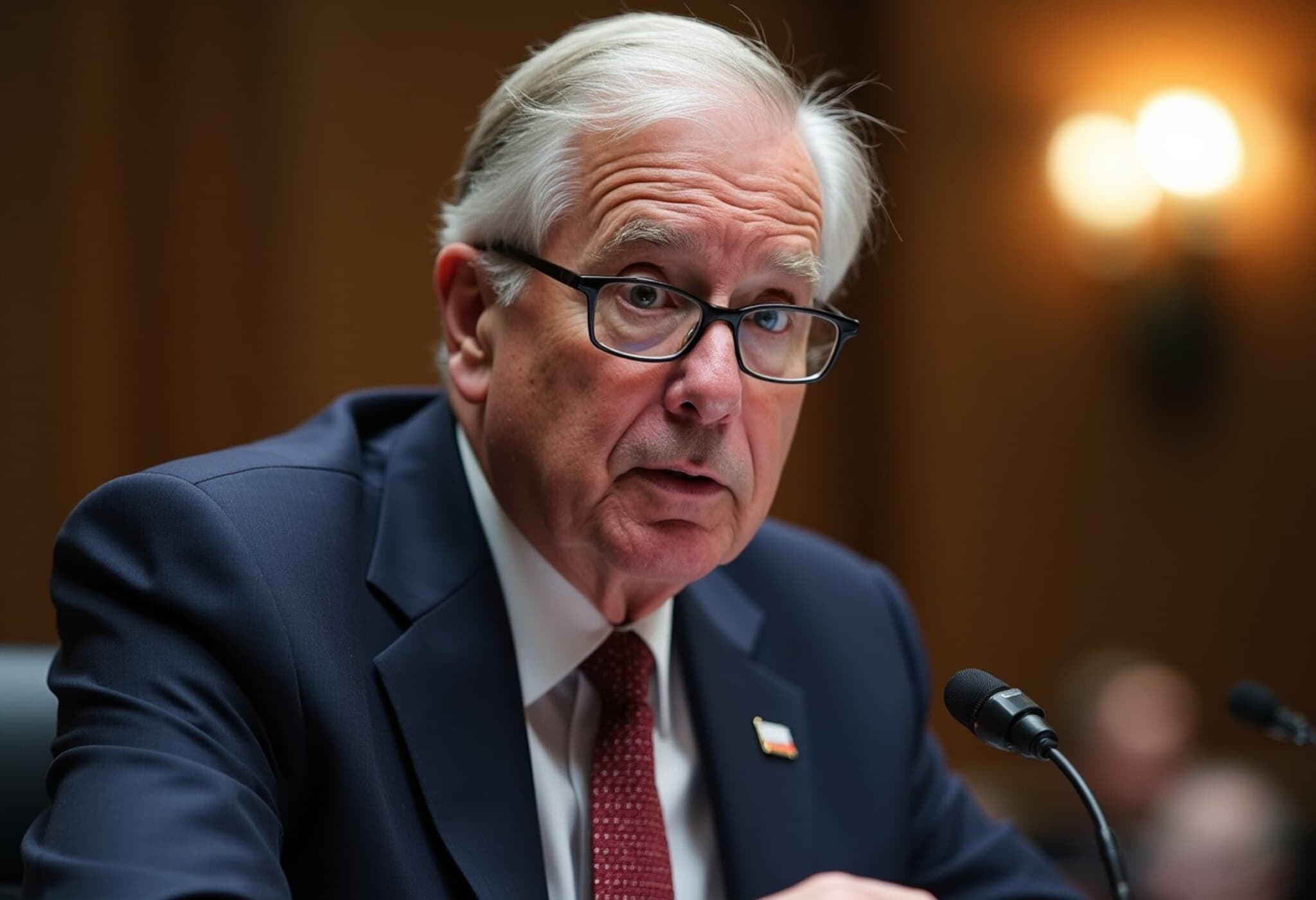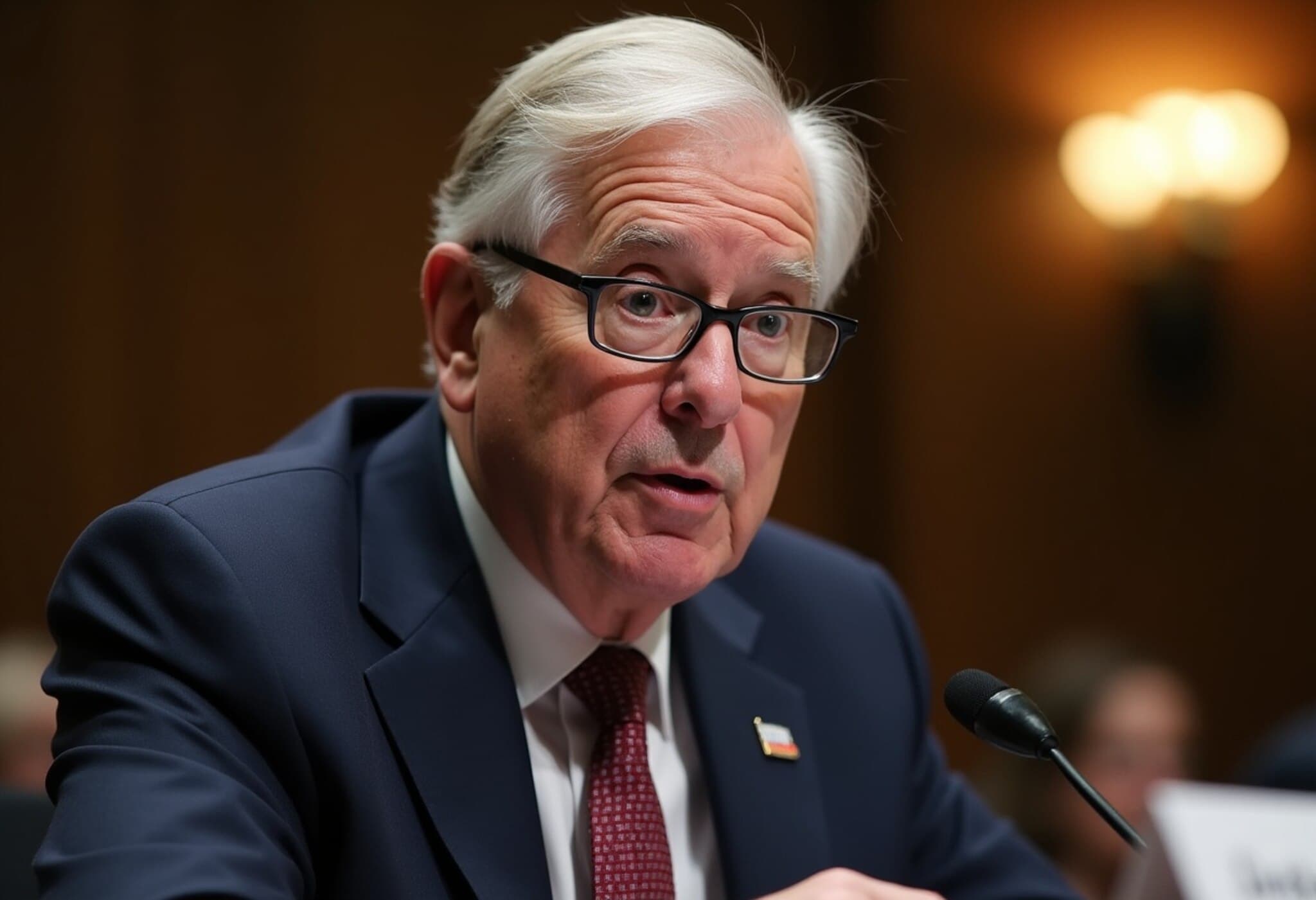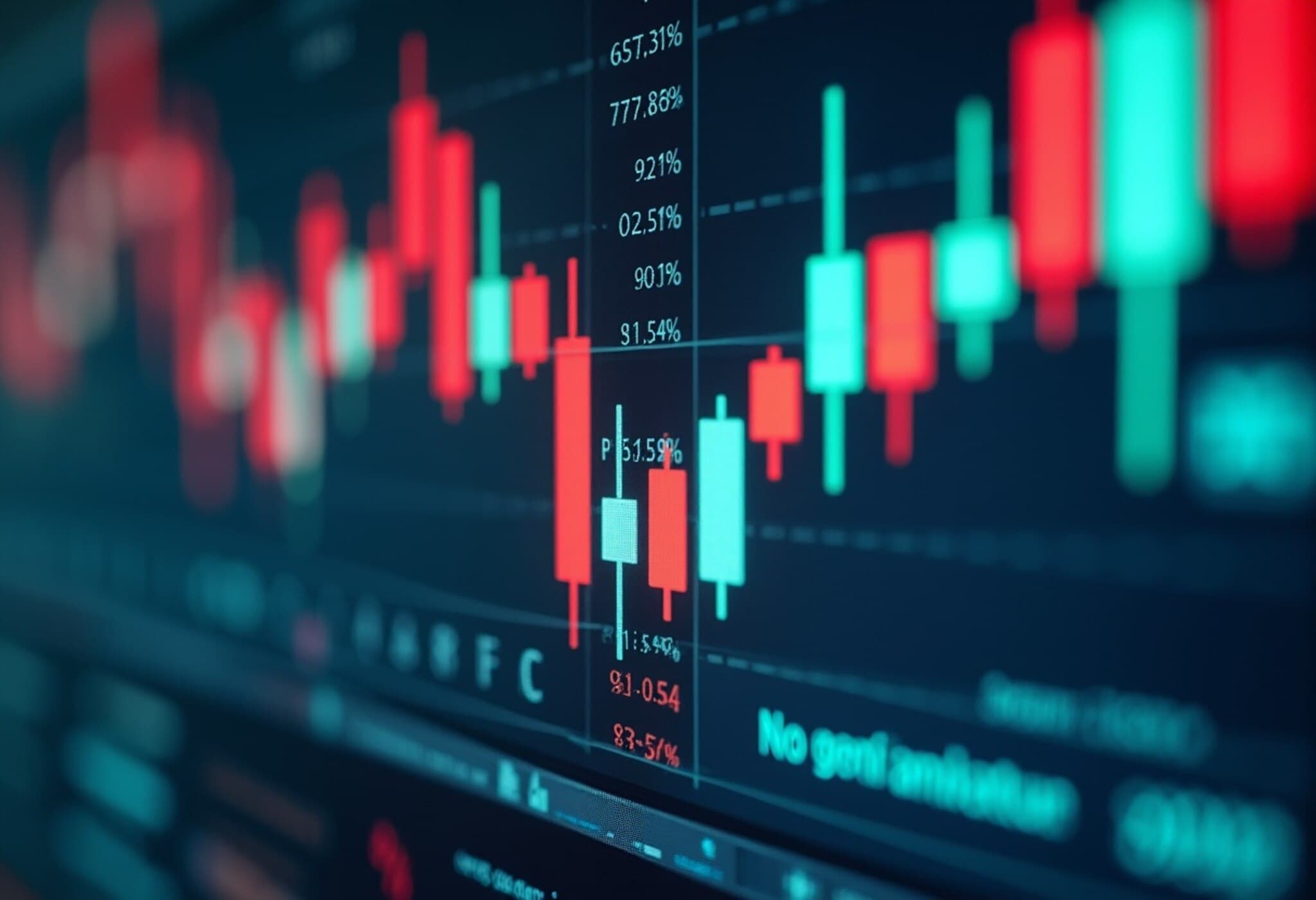Markets Look Beyond Tariffs and Tax Policies
In recent weeks, the stock market has largely shrugged off the uncertainties stemming from tariff conflicts and the ongoing tax legislation debate. According to experts at Barclays, this trend is likely to continue through the second half of the year.
Barclays Predicts New Market Priorities
Ajay Rajadhyaksha, Barclays’ global chairman of research, suggests that investors will gradually stop reacting to tariff announcements and the progression of the "One Big Beautiful" tax bill through Congress. Instead, the market’s spotlight will pivot towards broader macroeconomic indicators and the burgeoning influence of artificial intelligence (AI) as a catalyst for corporate earnings growth.
Rajadhyaksha emphasized in a client note that "financial markets will increasingly tune out tariff and tax headlines coming from Washington, DC." The emerging narrative, according to him, revolves around economic data and how the AI dividend could uplift profits, especially among major technology companies.
Economic Outlook Amidst Tariff Impact
While tariff measures are expected to weigh on the global economy starting in the second half of 2025, Barclays maintains a cautiously optimistic stance on the U.S. economy.
- Modest growth slowdown: Anticipated but not severe enough to trigger a recession.
- Rising inflation concerns: Tariffs may push U.S. core inflation beyond 3%, prompting the Federal Reserve to maintain current interest rates during upcoming policy meetings.
- Global resilience: Despite ongoing trade tensions, the world economy is projected to navigate this period relatively unscathed.
Tax Bill Prospects and Market Performance
Regarding the much-discussed tax reform, Barclays expects that the bill will not clear Congress before the July 4 holiday. However, approval is still anticipated before lawmakers adjourn for the August recess. The final legislation will likely resemble the House’s earlier proposal.
Meanwhile, the S&P 500 has rebounded from recent volatility and is approaching record high levels, with a gain of over 4% year-to-date in 2025. This resilience underscores the market’s evolving focus away from policy drama towards underlying economic and technological drivers.



















